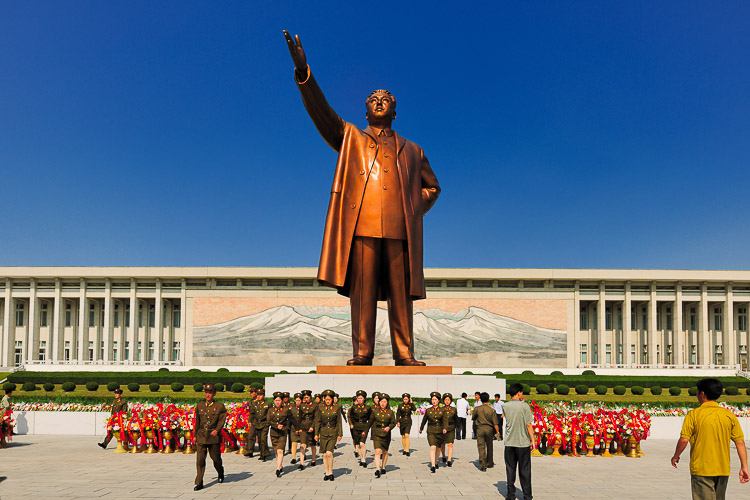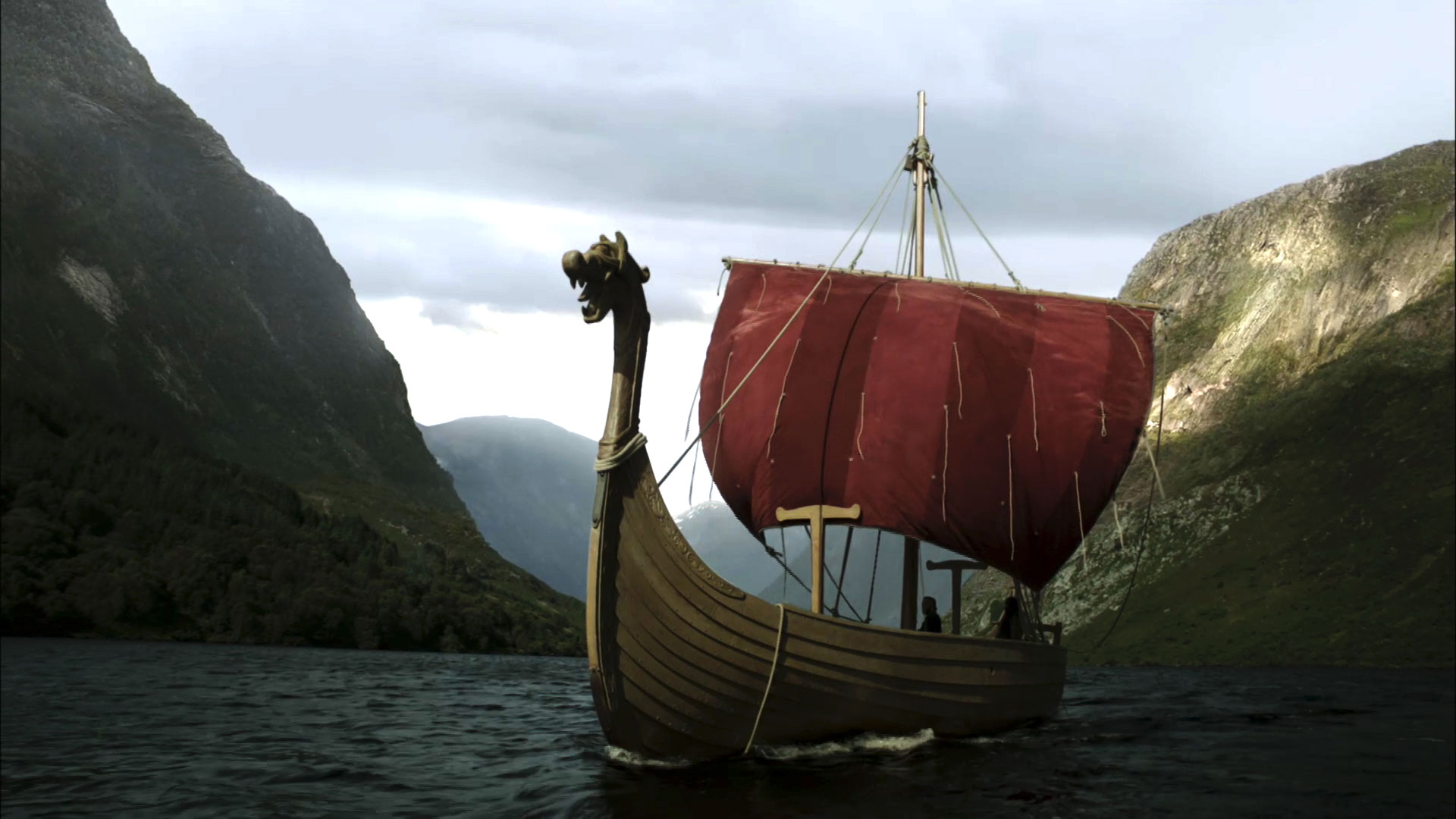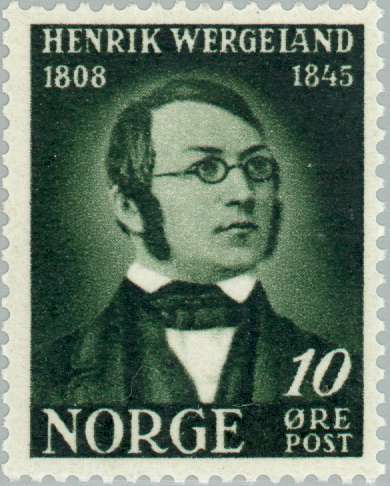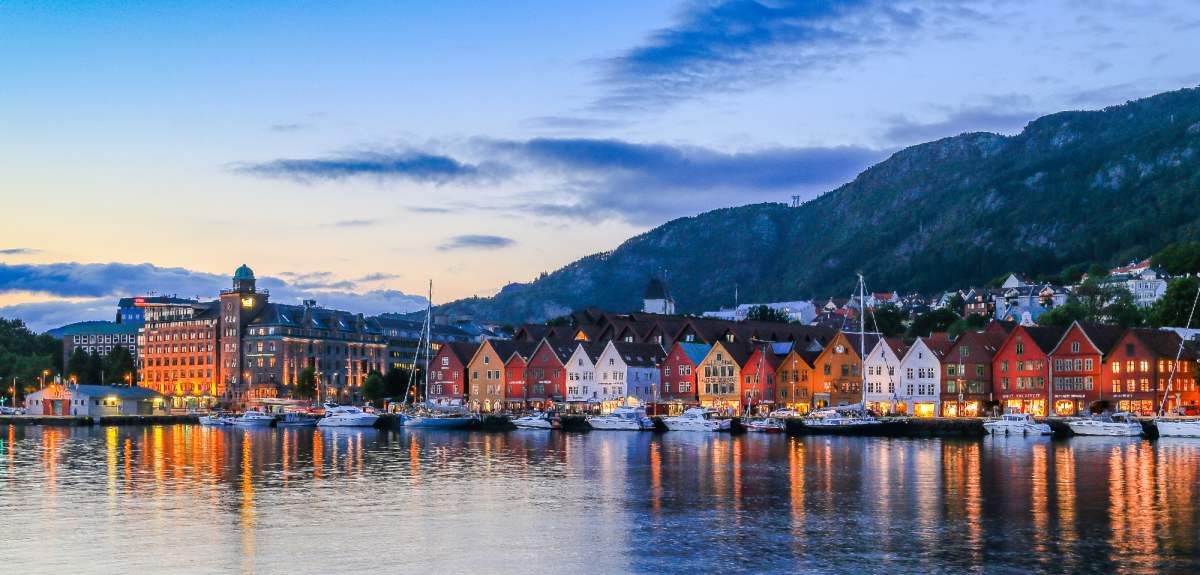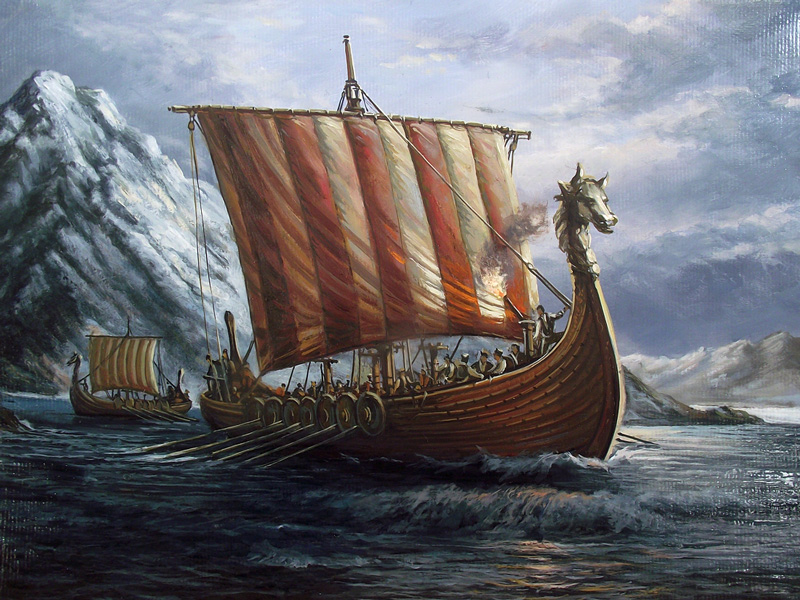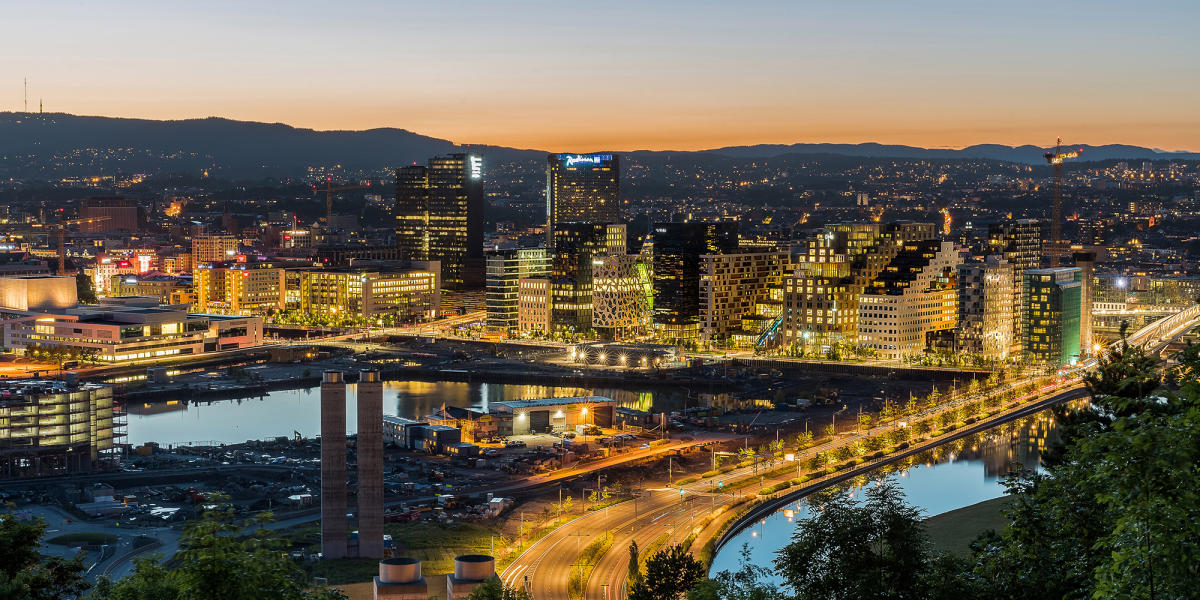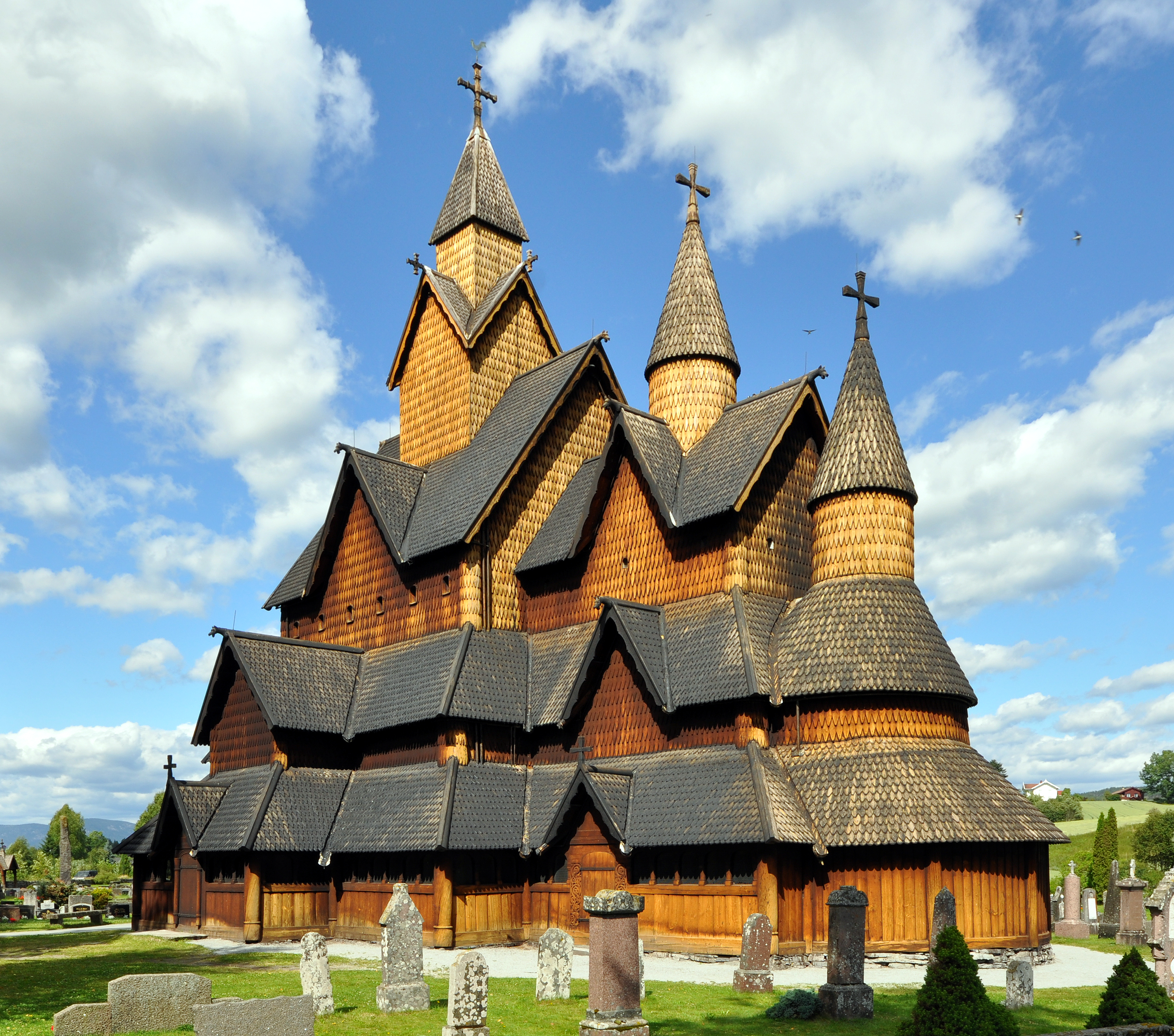The Hermit Kingdom.
It’s a country that leaves many people wondering how exactly it came to be the
way it is. For many people, it represents the stereotypical dictatorship. For
others, it represents a perpetual problem and threat: a volcano due for its turn.
North Korea has certainly made the news in the recent years and especially as
of late. The stories I read about this country leave me bewildered (to say it
mildly). It’s almost seemingly the opposite of Western civilization as we know
it today. But what’s it really like? Few people have been allowed to venture
there and have reported back on what it’s like in their everyday lives.
The name Korea
stems from the word Goryeo (also spelled as Koryo). When Persian merchants
stopped by, they botched it and pronounced it as Korea. However, its current
version wasn’t used until the 17th century when Hendrick Hamel of
the Dutch East India Company wrote about it when they were shipwrecked in
Korea. After the countries split, it was given the distinction of being North
Korea vs. South Korea. North Korea became known as Chosun or Joseun, and in
English, its full name is the Democratic People’s Republic of Korea (DPRK).
North Korea is
located on the Korean Peninsula (no kidding?) in East Asia, and get this—it’s
on the northern part of the peninsula. I’m totally not joking. Some places are
a misnomer (I’m looking at you Iceland and Greenland), but North Korea is
exactly where you think it is. It shares a border with South Korea to the south
(surprise!) and China to the north and a very short border with Russia in the
northeast corner. The Sea of Japan is to the east and the Yellow Sea (and Korea
Bay) is to the west. Mountain ranges cross the country; the highest point, a
volcanic mountain called Mt. Paektu, is over 9000 ft. There are coastal plains
in the west, and nearly 70% of the country is covered in forest. Summers are
hot and rainy while the winters are frigidly cold from the winds that blow in
from Siberia.
 |
| Kim Il-sung |
The oldest remnants
of pottery in Korea dates back to around 8000BC. By the time we reached the
Iron Age, the peninsula was controlled by three kingdoms and eventually united
to form the Goryeo Dynasty. In the late 1300s, the Joseon Dynasty took over and
implemented a number of reforms including the adaptation of the Hangul (Korean)
alphabet. After a period of relative peace, the Korean peninsula began to be
invaded, which led to its initial isolation. By the mid-1800s, European powers
were making moves throughout Asia and the Pacific, and Korea was still unwilling
to modernize itself. After several rebellions and some socio-political changes,
they became known as the Korean Empire in 1897. Japan annexed Korea and
occupied the country in 1910. They began fighting the Japanese with guerilla
tactics, and one of the resistance leaders was Kim Il-sung. At the end of WWII
in 1945, Korea was divided along the 38th parallel, with the
northern part occupied by the Soviet Union and the southern part occupied by
the United States. (Keep in mind—no one consulted the Koreans on this matter.)
Kim Il-sung was recommended to become Chairman of what became North Korea. By
1949, most of the Soviets and Americans have bowed out, but there were rumors
that the North was going to invade the South. Those rumors proved true in June
1950 as the Korean War took off. It’s often used as an example of a “proxy war”:
a war where two powerful groups (Soviet Union and US) use other smaller groups
(North and South Korea) to fight the war instead. It still remains divided by
the DMZ (demilitarized zone). [Side note:
I once briefly dated a guy from South Korea who had to patrol the DMZ when he
was in the military. He once stepped on an old land mine and had to stand
perfectly still for nearly 8 hours as he waiting for people to fetch the land
mine expert and diffuse it. I have a hard enough time standing in line at the
grocery store.] After the war, North Korea remained isolated and introduced the
ideology of Juche to differentiate itself from other communist countries like
China and the Soviet Union. Juche is like libertarianism on steroids. After Kim
Jong-il took over in 1994, they got even more introverted and really fixated on
the military. During this time, North Korea began to suffer from food and
energy shortages. Today, Kim Jong-un is the one in charge and has apparently
done all of these “miraculous” feats (like his father and grandfather), and
he’s also really obsessed with nukes.
Situated along the
Taedong River, Pyongyang is North Korea’s capital city. With a population of
between 2.5–3.2 million people, the city is actually well planned: most of the
streets run either north-south or east-west. It’s not only the center of
government, but it’s also the center for commerce, education, transportation,
and industry. There are a few examples of modernity to its main attractions if
you were to look at its cityscape, but it’s contrasted with run-down, drab
buildings.
Because North Korea
has adamantly insisted upon their closed-door economic policies and strived to
be completely self-sufficient, their economy has suffered. Coupled with a
series of unfortunate events (famine, lack of arable land, natural disasters,
lack of skilled labor, low energy supplies, crumbling infrastructure, loss of
trading partners), North Korea’s economy basically went into the toilet. There
are electricity shortages. Everything is highly nationalized. Their healthcare
and education are free, housing and food receive huge subsidies, and taxes were
axed back in the 1970s. There are a few places where foreign companies can come
in and work, especially in fields like technology and science. But overall,
their economy is far behind that of its southern counterpart. However, I saw a headline
today that their economy may be slightly improving.
Technically
speaking, North Korea is an atheist state. But I think that it’s somewhat of a
misnomer and not fair to everyday atheists who for the most part, don’t really
care if someone follows a particular religion so long as it’s not forced on
everyone. But even at that, there are a few religions found in North Korea:
Korean shamanism, Chondoism (a Korean version of Confucianism), Buddhism, and
Christianity. Technically, the constitution grants freedom of religion, but
it’s also highly regulated and controlled by the government, and some religions
are highly persecuted as well. North Korea has also implemented this idea of
Songbun, a sort of loyalty ranking. It goes back two generations to determine
how much you support your government. The three leaders (Kim Il-sung, Kim
Jong-il, and Kim Jong-un) are treated like royalty and gods even. This is why I
falter at calling it an atheist state: because the government is their gods.
They want the people to live in awe and fear of them, never to speak ill
against them, and uphold the craziest accomplishments attributed to them (like
Kim Jong-un being able to drive at age 3, or Kim Jong-il walking at age 3 weeks
and talking at 8 weeks).
North Koreans also
speak Korean, but there are a few dialectal differences between the Korean
spoken in North and South Korea. The Korean used in South Korea incorporates
many loan words from Chinese and English and also uses hanja (writing Korean
words using Chinese characters). However, in North Korea, many of the loan
words have been changed to purely Korean words, and they don’t use hanja;
rather, they write Korean using choson’gul (the Korean alphabet, also called
hangul in South Korea).
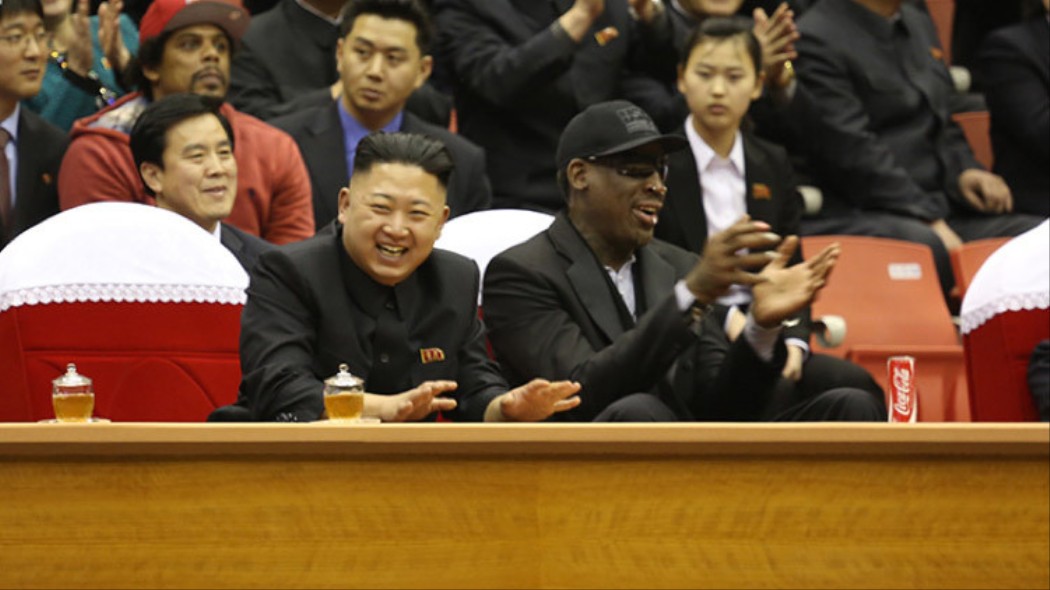 |
| Kim Jong-un with Dennis Rodman |
Almost everyday, I
get a news pop-up on my phone about some crazy thing concerning North Korea
involving nuclear testing or something. Here’s your homework: I would also
suggest watching VICE’s 2008 documentary called “Inside North Korea” and watch
Part 1, Part 2, and Part 3. But you should also check out the VICE episode from
Season 1, Episode 10 called “The Hermit Kingdom: Basketball Diplomacy”(2014). It’ll
give you an idea of what it’s really like over there. But in the meantime,
we’re going to TRY to delve into its cultural arts in a desperate attempt to
make sense of this country.
